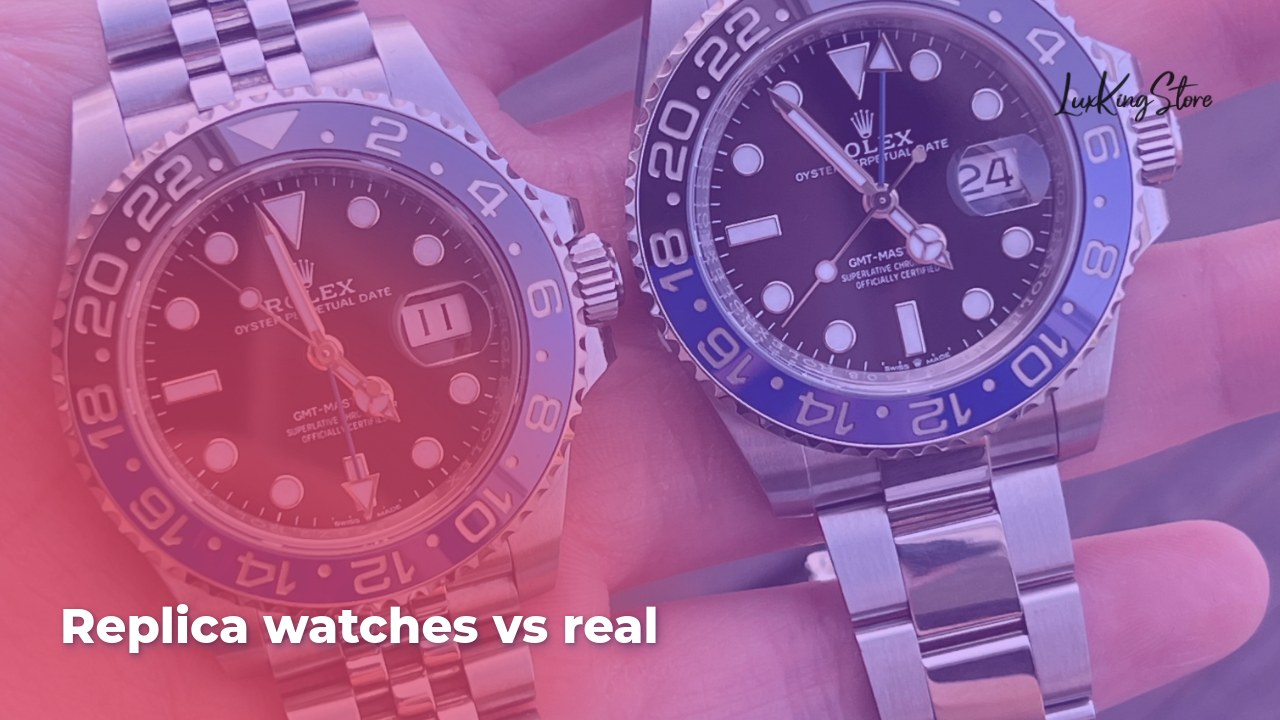Replica Watches vs Real: Discover Critical Differences
Replica Watches vs Real
In the realm of luxury timepieces, the battle between replica watches and genuine articles has become a significant focal point for consumers. With the rising cost of authentic luxury watches, many individuals find themselves drawn to the allure of replicas, which offer a similar aesthetic for a fraction of the price. However, understanding the essential differences and implications of owning a replica versus a real watch can be quite perplexing. Are you curious about what sets these two categories apart and whether it’s worth investing in an authentic luxury watch? This article will delve deep into the world of watches, examining the characteristics, differences, pricing, consumer perceptions, and more, giving you a comprehensive guide Replica Watches vs Real to navigating this fascinating industry.
What Are Replica Watches?
Replica watches are designed to emulate the look and style of prestigious luxury timepieces. Unlike counterfeit watches, which are deceptively crafted to pass as genuine articles, replicas aim to imitate the aesthetics while avoiding trademark violations. Here’s a closer examination of replica watches and their implications:
- Purpose: The primary intention behind a replica watch is to capture the visual appeal of high-end brands without any claim of authenticity. Many consumers are attracted to these watches to enjoy a semblance of luxury without the associated financial burden.
- Target Audience: Replica watches are often marketed towards individuals who appreciate the design and sophistication of luxury watches but cannot justify the exorbitant costs involved in purchasing authentic pieces. This demographic often includes students, young professionals, or anyone interested in fashion without the financial means to invest in genuine luxury.
- Variety: The market for replica watches has expanded remarkably, offering consumers a wide range of styles and models. This extensive variety allows buyers to select designs that closely resemble well-known brands, such as Rolex, Omega, or Patek Philippe.
- Ethical Considerations: While some argue that replicas provide affordable access to luxury aesthetics, others criticize their impact on brand integrity and the economy. The replica industry raises ethical questions regarding consumer responsibility and the authenticity of ownership in luxury markets.
- Regulatory Environment: The legality surrounding replica watches varies by region. While the production and sale of replicas are generally acceptable, specific laws often regulate their marketing to prevent misleading consumers about authenticity.
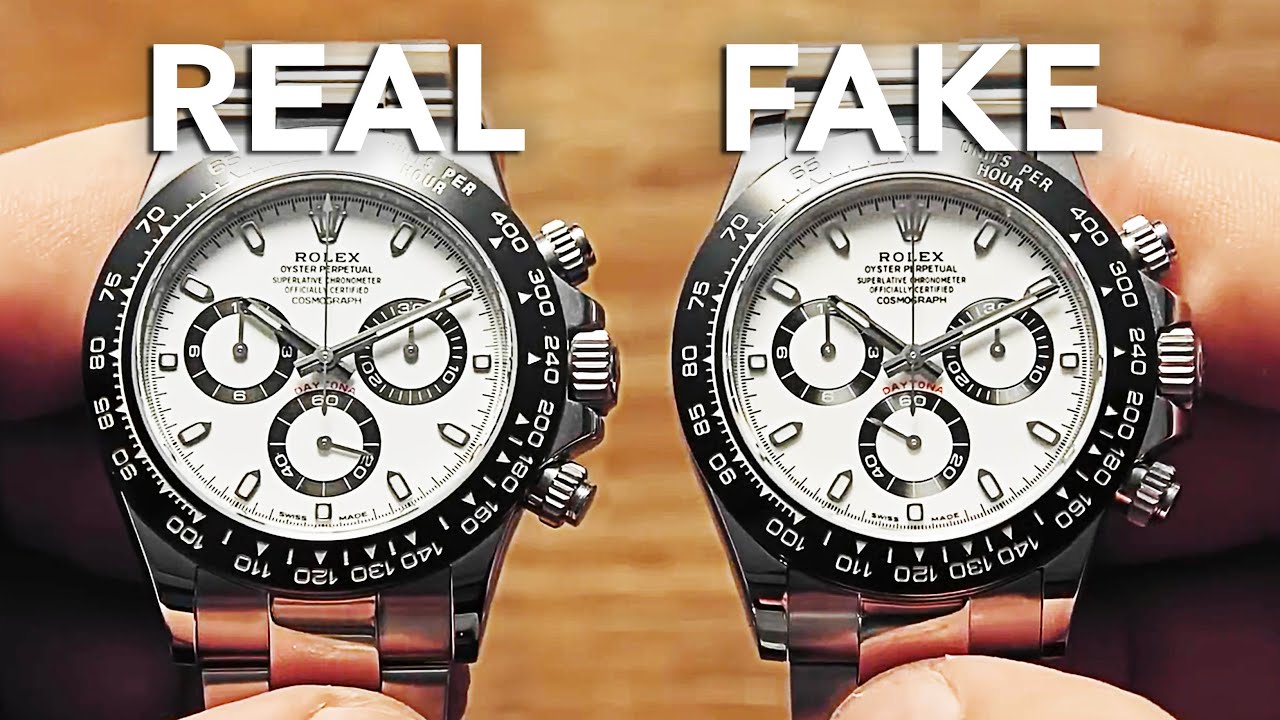
Characteristics of Replica Watches
Understanding the specific characteristics of replica watches is essential for anyone considering such purchases. While they may mimic the superficial qualities of luxury watches, there are significant differences in craftsmanship, materials, and mechanical movements.
- Craftsmanship: Unlike authentic watches, which are meticulously crafted by skilled artisans, many replicas fall short in the quality of construction. Authentic luxury watches emphasize precision engineering and aesthetics, while replicas may exhibit unequal surfaces and inferior finishes.
- Common flaws in replicas include:
- Uneven surfaces
- Blurred engravings
- Mismatched components
- Materials Used: Authentic luxury watches are created using high-grade materials such as stainless steel, gold, and sapphire crystal, providing a luxurious finish and extended durability. Conversely, most replicas utilize cheaper substitutes like mineral glass and lower-grade metals, leading to quicker degradation and wear.
Feature Authentic Watches Replica Watches **Materials** High-quality metals, sapphire glass Lower-grade metals, mineral glass **Durability** Long-lasting and robust Often short-lived **Visual Appearance** Superior craftsmanship Close, but inferior finish - Movement Mechanism: Authentic luxury watches often boast proprietary movements designed for superior timing accuracy and smooth operation. Replica watches typically rely on generic quartz movements or inferior mechanical systems, resulting in less precise timekeeping.
- Weight: Genuine luxury watches tend to be heavier due to the use of premium materials. In contrast, replicas often feel noticeably lighter, which can be an immediate giveaway to the discerning observer.
- Price Point: The affordability of replica watches allows them to attract a wide array of consumers. However, this price difference often signifies a trade-off in quality, durability, and overall excellence.
Differences Between Replica and Real Watches
When comparing replica watches with genuine ones, several aspects stand out prominently. Understanding these differences can equip potential buyers with the knowledge necessary to make informed decisions.
- Weight and Material: As mentioned previously, the weight of a luxury watch is often a testament to its quality. Authentic watches use premium materials, resulting in a substantial feel; replicas typically use lighter, cheaper materials, affecting their heft.
- Craftsmanship and Quality: The attention to detail in authentic watches can never be fully replicated in lower-priced versions. Authentic watches undergo rigorous quality checks, while replicas often showcase signs of negligence, such as uneven polishing or hastily engraved logos.
- Serial Numbers: A key feature of genuine luxury watches is their unique serial number, typically engraved on the case. Replicas, on the other hand, may not feature unique serial numbers or could display generic ones that do not correspond to any official manufacturing records.
- Movement: Most high-end watches feature intricate movements that are both elaborate and smooth in operation. Replicas usually contain quartz movements that tick rather than glide, lacking the mechanical sophistication of authentic brands.
- Brand-Specific Features: Every reputable watch brand has distinctive elements; for example, Rolex has a specific crown logo that is consistently executed. Any discrepancies can indicate that a watch is a replica rather than an authentic watch.
How to Spot a Fake Watch
Identifying counterfeit watches is paramount for anyone looking to invest in luxury timepieces. Below are key indicators that can help you distinguish between a replica and a genuine watch:
- Visual Inspection: When it comes to appearances, the devil is in the details. Look for imperfections in the design, such as blurred logos, inconsistent engravings, and misaligned elements. Authentic watches are manufactured with precision.
- Weight Check: Genuinely high-quality watches carry a certain weight that is often absent in replicas. If a watch feels unusually light in your hand, that’s a red flag.
- Movement Sound: The nature of the watch’s ticking can provide insight into its authenticity. Luxury mechanical watches glide smoothly, whereas quartz movements often produce a distinct ticking sound.
- Serial Number Verification: Research the watch’s serial number online. Authentic watches will have unique serial numbers that can be confirmed through the manufacturer’s database. Replicas often lack this verifiability or may possess generic numbers.
- Function Tests: Test the watch features to ensure they work seamlessly. Features like chronographs, date functions, and rotating bezels should operate flawlessly in authentic pieces.
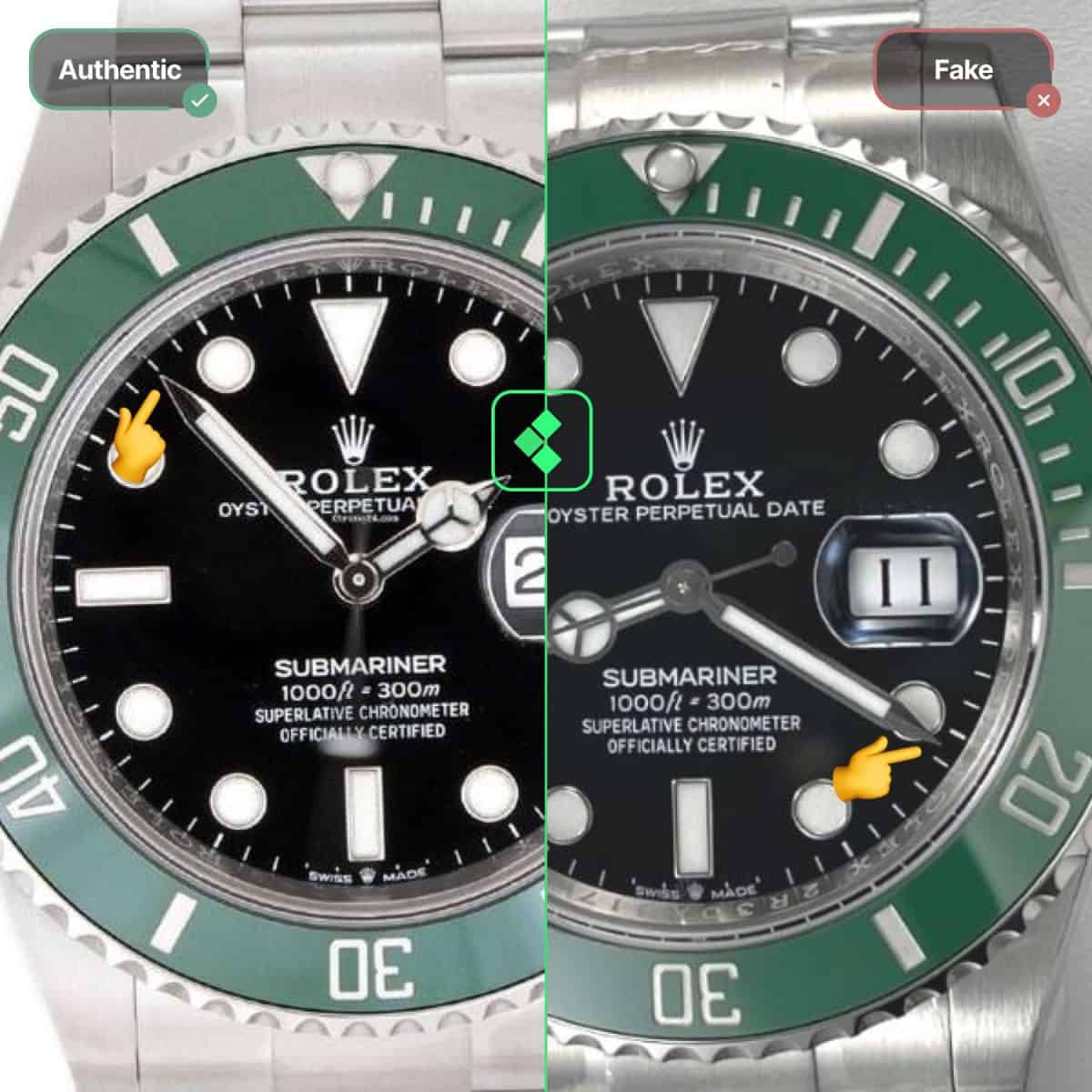
Price Comparison: Replica vs Real Watches
The price differential between authentic and replica watches can be eye-opening. Here’s a succinct breakdown of the financial aspects involved:
- Authentic Luxury Prices: For respected brands like Rolex, Patek Philippe, and Audemars Piguet, prices often begin in the low thousands and can soar into tens or even hundreds of thousands of dollars. A Rolex Daytona, for instance, may cost around $15,000 for a real model, reflecting its craftsmanship and prestige.
- Replica Watch Prices: Replicas typically range from $50 to $1,000, depending on quality and detail. The vastly lower cost makes them accessible but often suggests a significant drop in quality and functionality.
- Quality vs. Affordability:
- Lower End Replicas: Priced at $50-$200, these often have numerous quality issues.
- Higher-End Replicas: Within the $200-$1,000 range, they may look better aesthetically but still lack the inherent qualities of authentic luxury watches.
- Market Dynamics: The attraction of replicas lies in their visual similarity to high-end models, making them appealing to those who desire luxury without high financial strain. However, buyers must consider the long-term costs involved in maintenance and replacement.
- Resale Value: Authentic watches hold significant value over time and can even appreciate. Contrarily, replicas usually have little to no resale value, as they lack brand recognition and are often mass-produced.
Common Brands for Replica Watches
Certain luxury watch brands are frequently targeted for replication due to their status and demand in the market. Here’s a list of some of the most commonly replicated brands:
- Rolex: Renowned worldwide, Rolex watches are frequently copied due to their popularity and resale value. Models like the Submariner and Daytona are often emulated.
- Omega: With the Speedmaster and Seamaster series being among the most aspirational, Omega is a frequent target for collectors seeking a likeness.
- Tag Heuer: The Carrera and Monaco lines of Tag Heuer watches can be seen as replicas in many markets, appealing to consumers wanting prestige at a lower price.
- Cartier: Known for its exceptional style, Cartier watches like the Tank are also commonly imitated due to their sophistication and elegance.
- Hublot: As a relatively modern luxury brand, Hublot’s dynamic designs have captivated fans, leading to many reproductions in the market.
Brand awareness and prestige significantly fuel the demand for replicas, often leading consumers to compromise on quality in pursuit of style.
Consumer Perception of Replica Watches
Consumer opinions on replica watches are varied and complex, often shaped by personal values, financial circumstances, and perceptions of luxury.
- Affordability Appeal: Many individuals view replica watches as a plausible solution to enjoy the aesthetics of high-end timepieces without burdening themselves financially. This perspective is particularly prevalent among younger consumers who may prioritize style over authenticity.
- Ethical Concerns: Despite their affordability, some consumers believe that purchasing replicas undermines the luxury brand’s integrity. The issue of counterfeiting raises ethical questions about contributing to an industry that may exploit labor and harm economic conditions.
- Craftsmanship Appreciation: There are those who appreciate the craftsmanship involved in both replicas and their authentic counterparts, acknowledging the skill needed even for replication honesty. However, many advocate for genuine products as a testament to real artistry.
- Social Status Implications: Luxury watches often carry significant social connotations; owning an authentic piece can symbolize status and wealth. This pressure can push consumers toward replicas for the appearance of luxury without the actual investment.
- Market Saturation: The proliferation of replica watches often saturates the market, complicating how consumers perceive authenticity in luxury. As a result, many individuals must navigate an increasingly intricate landscape when purchasing timepieces.
Maintenance and Longevity: Replica vs Real
The longevity of a watch can greatly influence its appeal, especially when comparing replicas to authentic luxury timepieces. Here’s an analysis of how maintenance and durability differ between the two:
- Durability: Authentic luxury watches are engineered to endure time, often featuring robust materials and meticulous craftsmanship. Many replicas, however, use cheaper components and materials that lead to quicker wear and tear on essential parts.
- Maintenance Needs: Genuine watches often come with warranties and support services that streamline necessary repairs or upkeep, whereas replicas typically do not. Consumers purchasing replicas may find themselves facing mounting maintenance costs that ultimately outweigh their initial savings.
- Common Issues with Replicas:
- Inaccurate timekeeping
- Subpar component durability
- Frequent malfunctions that require repair
- Repair Prospects: Authentic luxury watches generally benefit from a vast network of authorized dealers and repair services. In contrast, owners of replica watches may struggle to find services suited to their watch’s specifications, as many repair centers may not recognize or guarantee their functionality.
- Consumer Antonio: Recent consumer reviews indicate dissatisfaction with the longevity of replica watches, with many reporting malfunctions shortly after purchase. These experiences reinforce the narrative that investment in authentic luxury watches tends to be more economical over time.
Resale Value: Replica Watches vs Authentic Watches
When it comes to resale value, there are defining contrasts between replica watches and authentic timepieces. Many consumers consider the investment aspect when purchasing a new watch, so the following points highlight important differences.
- Investment Potential: Authentic watches often appreciate in value over time, leading many collectors to see them as financial investments. Limited editions and iconic models significantly increase in price, while replicas, by their nature, do not hold any resale value.
- Market Demand: The luxury watch market thrives on brand prestige and uniqueness, which inherently gives authentic watches the upper hand in maintaining and enhancing value. Replicas, on the other hand, often contribute to market saturation, diluting perceived value.
- Ownership Perception: Owning a genuine luxury timepiece conveys a sense of achievement and status. Replicas, though visually similar, often lack the recognition and legitimacy associated with renowned brands, affecting how they are perceived in resale markets.
- Collector Sentiment: Collectors generally focus on increasing their portfolios’ value, seeking only genuine articles that demonstrate excellence in ergonomics and craftsmanship. Thus, authentic watches garner significant interest, while replicas often remain undesirable in collector communities.
- Conclusion on Value: While replicas may serve initial aesthetic purposes, the long-term perspective clearly favors genuine watches, as they consistently provide higher resale potential and a more substantial return on investment.
Popular Reasons for Choosing Replica Watches
Despite the evident differences between replica and authentic watches, many consumers are drawn to the former for various reasons, shaping their purchasing decisions. Here are some common motivations for choosing replicas:
- Affordability: The primary allure of replica watches is their tempting price tags. By offering a luxury aesthetic at significantly lower prices, they appeal to budget-conscious consumers who desire the look without the hefty price tag.
- Fashion Statement: For many, wearing a finely crafted watch serves as a fashion statement. Replicas allow individuals to keep up with trends and exhibit style without making substantial financial commitments.
- Accessibility: The availability and diversity of replica watches mean consumers can explore various styles and designs that may be hard to find within the market for genuine luxury watches, often limited by production numbers.
- Entertainment Value: Some consumers enjoy the thrill of experimenting with different looks and options entailed by replica watches, allowing them to explore various styles without the constraints of investment in genuine luxury pieces.
- Skepticism Towards Authenticity: A portion of consumers may cast doubt on the true value of luxury watches, perceiving replicas as a practical alternative that provides similar visual characteristics. This notion resonates particularly with younger consumers who question traditional consumer behaviors.
Warranty and Support: Reality of Replica vs Real Watches
The presence of warranties and the level of support available are essential considerations when evaluating replica watches against authentic counterparts. Authentic luxury watches tend to boast robust warranty offerings, fundamentally differing from their replica counterparts.
- Warranty Coverage: Authentic watches usually provide a manufacturer’s warranty that protects against material and craftsmanship defects. This coverage extends the longevity of the investment, offering reassurance to buyers.
- Authorized Repair Services: Buyers of authentic watches have access to authorized repair services, often staffed with skilled technicians who can address any issues that arise. In contrast, replica watch owners lack a reliable support network.
- Risk of Buyer Disappointment: Many consumers purchasing replicas report dissatisfaction due to their lack of quality assurance. While replicas may cost less upfront, they often fail to perform over time, sometimes ending up as financial losses.
- Limited or Non-existent Warranties: In most cases, replicas come with no warranty, leaving buyers with little recourse should their product malfunction. This reality can be a distinguishing factor for many consumers weighing their options.
- Conclusion on Value of Warranty: While the temptation of a lower price may allure many into purchasing replicas, consumers must consider the long-term benefits of a genuine timepiece, particularly regarding warranty and support services.
Online Marketplaces for Replica and Real Watches
The rise of online shopping has transformed the way consumers purchase watches, with various online marketplaces presenting both replica and authentic watches. It’s essential to navigate these platforms wisely, so here are some key factors to consider:
- Authenticity Verification: Responsible buyers should always seek platforms that clearly validate the authenticity of their watches. Websites that specialize in authentic luxury brand sales typically provide certificates or verification processes.
- Reputable Sellers: Many online marketplaces feature user reviews and ratings to help consumers gauge seller reliability. Seek options that offer easy communication and transparent return policies for added protection.
- Market Research: Before purchasing, conducting comprehensive research on pricing can assist consumers in discerning between genuine items and high-quality replicas. Knowing the market value of a specific watch enables informed purchasing decisions.
- Delivery and Shipping Costs: For online purchases, always take shipping and delivery costs into account, as these fees can dramatically affect the overall price of a timepiece, especially for authentic luxury items.
- Platform Security: It is crucial that consumers prioritize platforms that utilize secure payment methods and safeguard their personal data, reducing the risk of fraud or misinformation prevalent in the replica market.
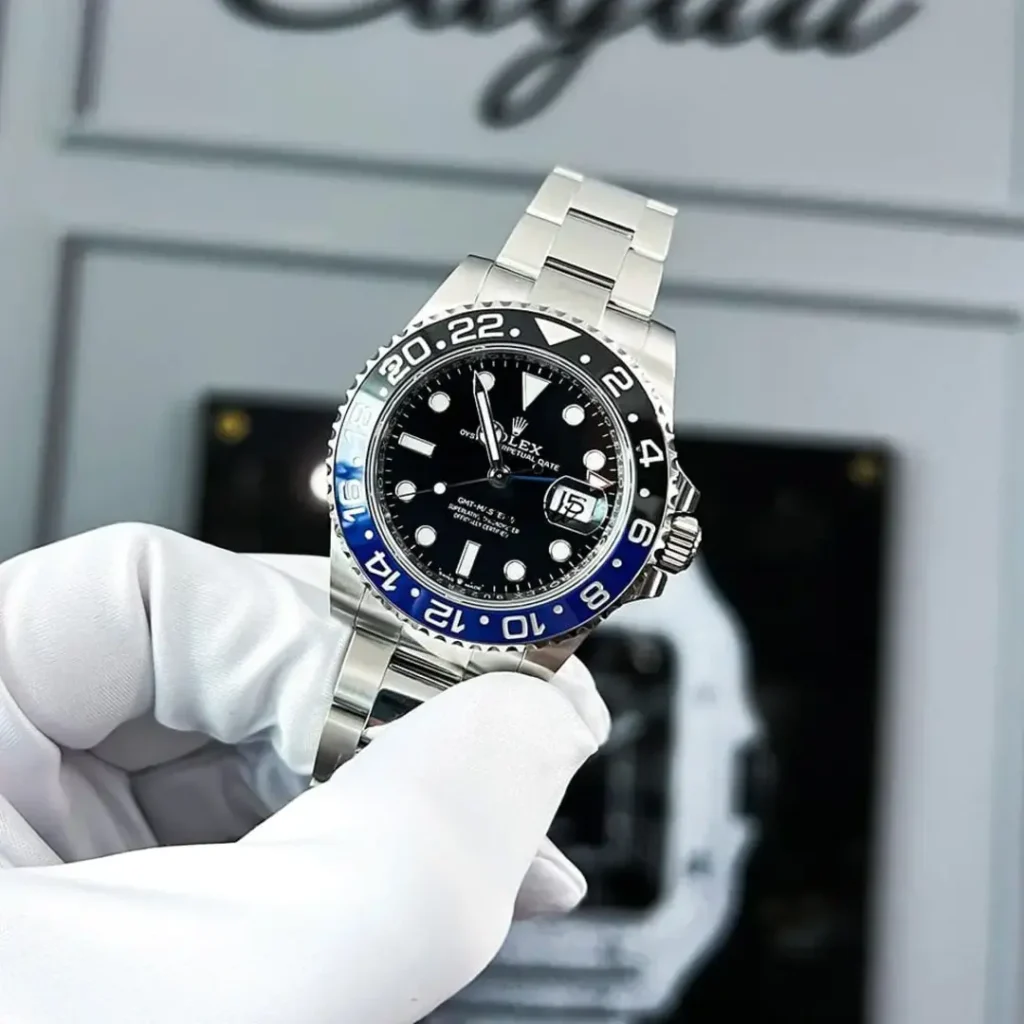
Brand Loyalty and Replica Watches
The phenomenon of brand loyalty in the luxury watch segment is intricately linked to the presence of replica watches. Understanding how replica products affect consumer attachment to brands is essential:
- Emotional Attachment: Authentic luxury brands foster a deep emotional connection among consumers, with associations of quality, craftsmanship, and exclusivity. This loyalty can drive consistent repurchase behavior for genuine items.
- Challenges to Loyalty: The rise of the replica market presents a challenge, as it offers visually appealing but inferior substitutes that might attract consumers away from brand loyalty. High-quality replicas can dilute the perceived value of authentic watches.
- Entry Points to Luxury: Some believe that replicas may serve as initial entry points for consumers aspiring to own genuine luxury watches. As their financial circumstances improve, they might eventually transition to authentic brands.
- Counterfeit Market Risks: The existence of replicas threatens brand loyalty through potential profit losses and reputational harm. Brands invest heavily in marketing and development, and replicas often capitalize on this without investing in genuine craftsmanship.
- Impact on Consumers: The impact of replica watches on brand loyalty is complicated; while they may undermine exclusivity, their presence heightens awareness of luxury brands, potentially leading to future purchases of authentic items once consumers’ means allow.
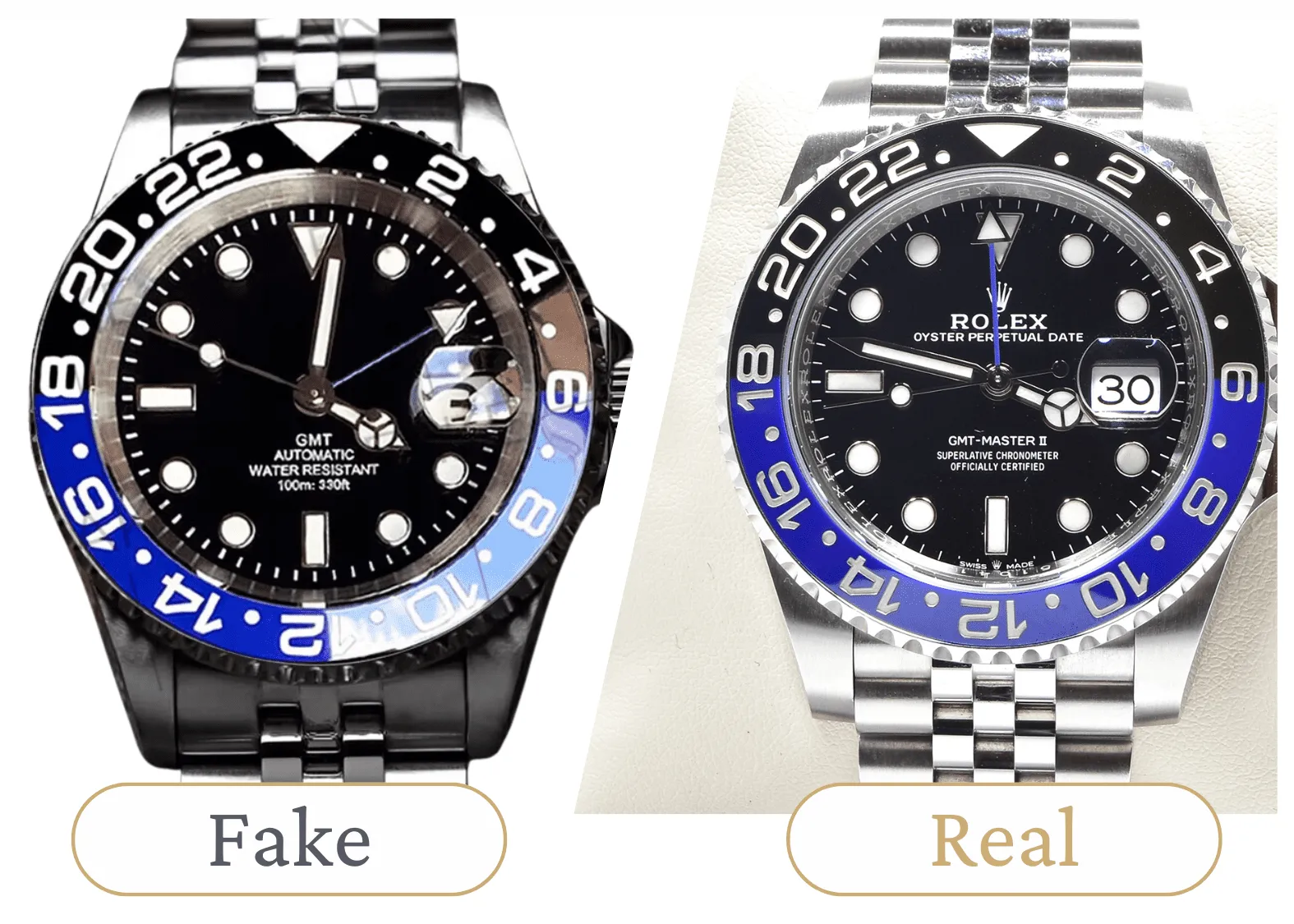
FAQs
- What is the primary difference between replica watches and counterfeit watches?
- Replica watches imitate the visual design of luxury brands without claiming authenticity, while counterfeit watches aim to deceive buyers into believing they are authentic.
- Why do people choose replica watches?
- Many consumers opt for replicas due to their affordability and similar aesthetic to luxury watches, allowing for a fashionable appearance without financial strain.
- What identifies a genuine luxury watch from a replica?
- Key indicators include weight, quality of craftsmanship, unique serial numbers, and the movement of the watch, with authentic pieces often showcasing superior features.
- Can replicas hold any resale value?
- Generally, replicas do not hold any resale value since they lack brand recognition and are not considered investments.
- What are common issues faced by replica watch owners?
- Replica watch owners frequently encounter problems such as timekeeping inaccuracies, inferior materials, and the absence of warranty support.
Key Takeaways
- Understanding Replica vs. Real: Familiarizing yourself with the differences between replica watches and authentic models is crucial for making informed purchase decisions.
- Quality Concerns: While replicas can appear aesthetically similar, they often lack durability and craftsmanship present in genuine luxury timepieces.
- Investment Potential: Authentic watches appreciate over time, while replicas typically do not offer any return on investment.
- Consumer Ethics: Purchasing replicas raises ethical questions regarding brand integrity and labor conditions, requiring buyers to weigh their choices weigh carefully.
- Brand Loyalty Impact: The presence of replicas can both challenge and influence consumer loyalty to luxury watch brands.
In conclusion, the allure of replica watches can be compelling, appealing to those who desire the aesthetic of luxury timepieces without the associated costs. However, this affordability comes at the expense of quality, craftsmanship, and investment value. Authentic luxury watches are not just timekeeping instruments; they serve as statements of identity, stories of craftsmanship, and opportunities for appreciation in value. As a consumer, weighing the pros and cons of investing in a genuine luxury watch versus a replica is essential. Ultimately, while replicas may provide a temporary solution, the long-term benefits of owning authentic pieces underscore their value in both financial and emotional terms.
5 Common Search Queries:
- What are replica watches?
- How to spot a fake watch?
- Are replica watches worth buying?
- Differences between replica and real watches?
- Popular brands for replica watches?
You Can See More Product: luxkingstore.com

